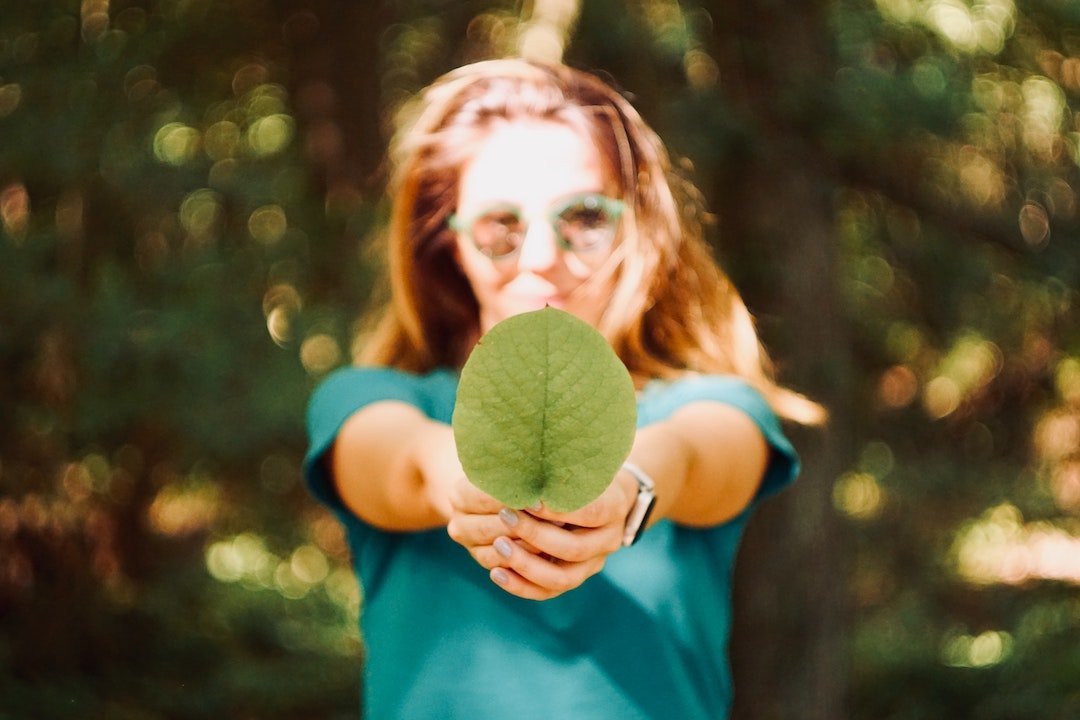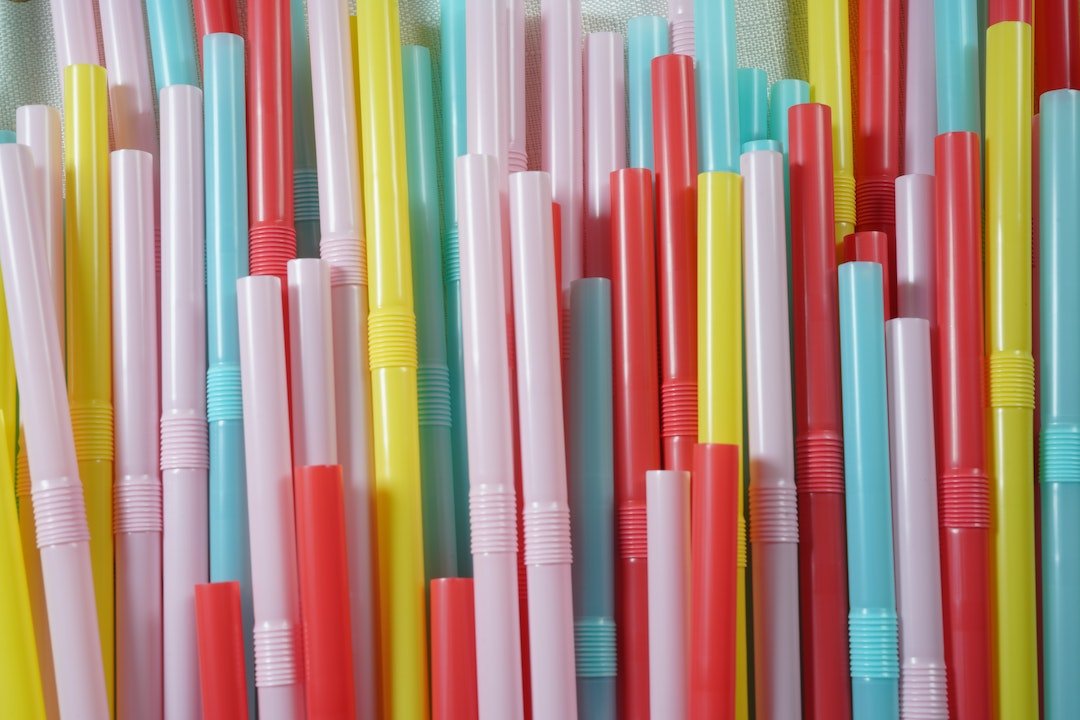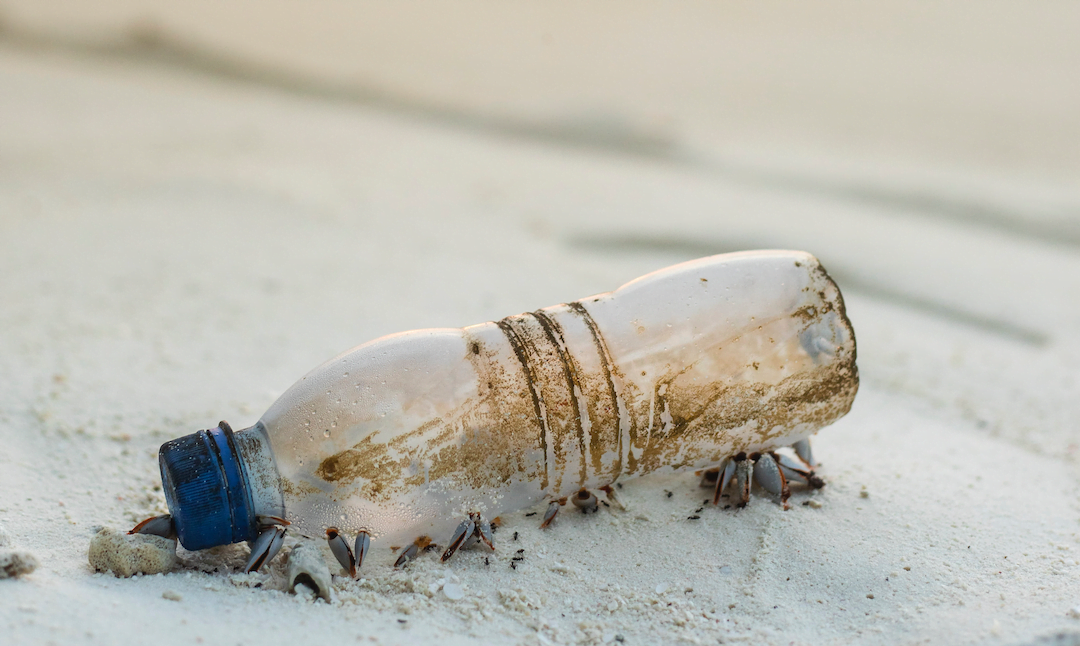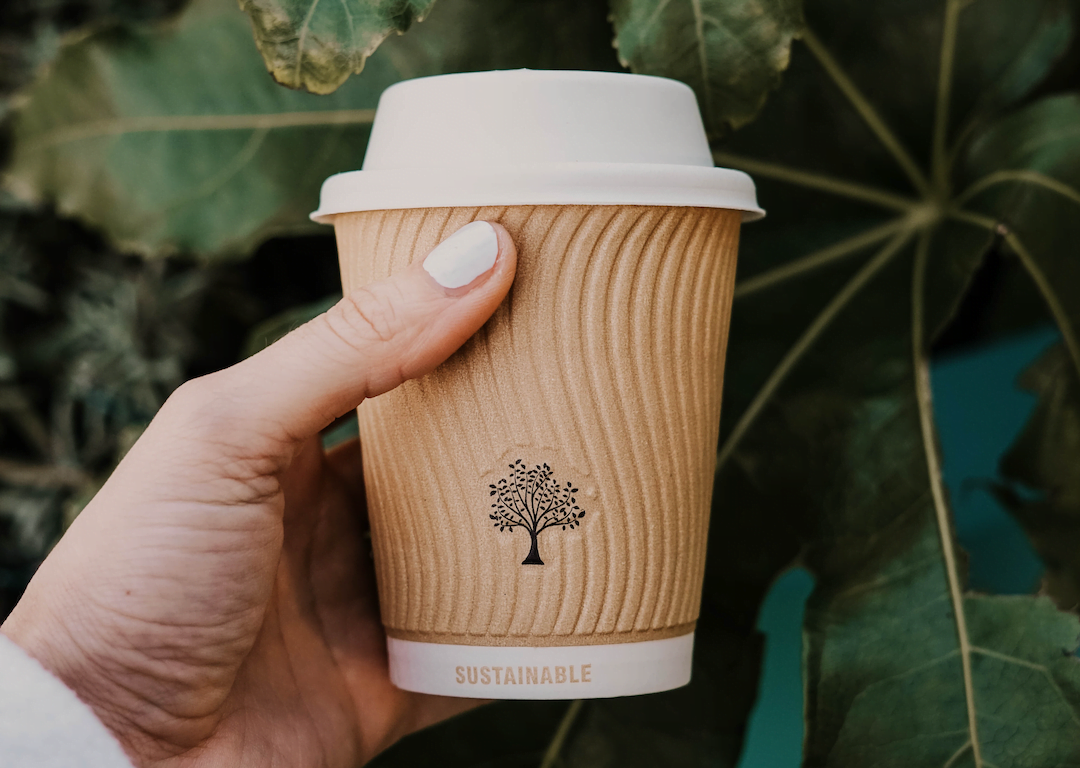Bioplastics could be the solution to the plastic waste problem plaguing our planet.
Each year, the world produces over 380 million tonnes of plastic waste. This rubbish ends up in our oceans and natural environments, damaging animals and plants alike.
However, scientists are hoping bioplastics could bring an end to this environmental nightmare. While this new product is giving hope for a brighter future, it also poses some interesting questions. How do we make the switch to this greener alternative? And are bioplastics as sustainable as we think?

What are bioplastics?
Bioplastics are made from renewable materials such as corn, potato, wheat, and sugar cane. The most common bioplastic, PLA, is produced by extracting sugar from plants and converting it into polylactic acid. Used in the manufacture of food packaging, bottles, and foils, PLA is the cheapest and most-widespread form of bioplastic. And you’ve probably come across it without even noticing.
Today, bioplastics are used all over the world, from packaging, to agriculture, to every-day utensils. They’re considered much more environmentally friendly than traditional plastic, as they reduce the use of fossil fuels and are mostly carbon neutral. Similarly, the plants used to produce bioplastics are known to remove carbon dioxide from the atmosphere. So, why are bioplastics a good alternative? And what exactly are we trying to replace?

The plastic problem
Conventional plastic is one of the most common resources across the world. Each year, we produce billions of tonnes of plastic, from single use bottles to large scale materials. However, only 9% of this plastic is actually recycled.
The process of making plastic also has its problems. It’s produced using fossil fuels, meaning it’s non-renewable and causes continuous damage to the planet. Plastic can take over 1000 years to decompose, sitting in landfills and contributing to global warming.
By using bioplastics instead, consumers will be able to recycle their plastic products, which will decompose in a much shorter time frame. From production to destruction, bioplastics are much gentler on the environment, made using organic materials. However, there are some downsides to this seemingly simple solution.

Bioplastic issues
While bioplastics are significantly more environmentally-friendly than regular plastic, they are far from perfect. Due to the relatively new nature of the product, there are currently no permanent options for bioplastic disposal. This means bioplastics often end up being thrown away with other conventional waste.
There are a number of factors causing this problem. Firstly, consumers find it difficult to tell the difference between bioplastics and regular plastic, throwing both into general waste. Equally, many disposal plants have no means of distinguishing between bioplastics and conventional plastic, so even when bioplastic is correctly placed in the organic waste, it is often separated and incinerated anyway.
Bioplastics also have an impact on the environment, due to the carbon emissions needed to grow and convert crops into the final product.
However, while not perfect, it’s still a massive step in the right direction. Bioplastics are significantly greener than conventional plastic, and contribute to improving our environment.

Doing your part
In order to ensure bioplastics spread across the global market, there are several things you can do. Consumers can reward businesses offering bioplastic products, and promote greater awareness and access for everyone.
You can also help by purchasing bioplastic products. Lam’on is a start-up company working to create 100% biodegradable laminating film, as well as packaging foil made from corn. Their products are based on PLA, and are made without VOC emissions. Due to this process, they’re also non-toxic and food safe.
Working with the mission of championing sustainable packaging, BioPak is another company offering green alternatives. Their bioplastic packaging includes everything from cups, to trays, to cutlery. They are compostable, and responsibly sourced and manufactured.
Overall, while bioplastics have some issues that are yet to be addressed, the environmentally-friendly and renewable nature of the products make them safer and greener than traditional plastic. If we’re going to protect our planet, making little choices like choosing bioplastics could be all the difference.

